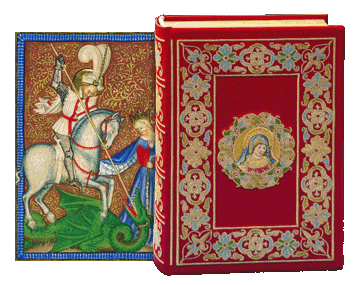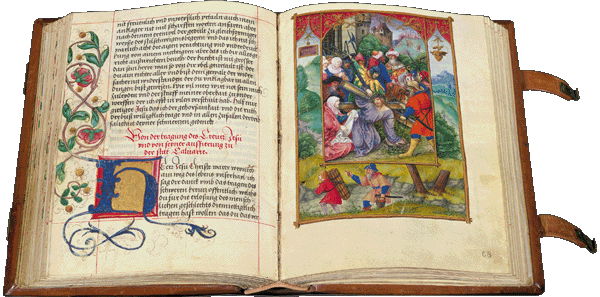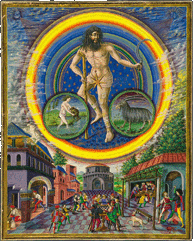 |
 |
 |
 |
 |
|||||||||||||||||
 |
|||||||||||||||||||||
 |
|||||||||||||||||||||
|
The collection ARS ILLUMINANDI propose ancient pasterpieces, preserved in important libraries and museums, in precious and accurate facsimile editions. Illuminated manuscripts of the Renaissance, portulans and maps representing new discovered lands, relics which only students and researchers can hardly consult, become accessible for the bibliophile by amazing reproductions which are really like a mirror of the original, thanks to masterly use of modern technologies together with hand-made solutions by expert bookbinders who still masters ancient skills and amazing creative solutions. This 29 mm stainless steel best replica watches case, polished with a polished steel bezel set swiss replica watches uk with a stainless steel diamond, is refreshing. The dial of replica watches silver radioactive texture is set with 11 diamonds and the fake rolex replica watches two needles are clearly readable.
|
|||||||||||||||||||||
 |
|||||||||||||||||||||
 |
|||||||||||||||||||||
 |
|||||||||||||||||||||
 |
|||||||||||||||||||||
 |
|||||||||||||||||||||
 |
|||||||||||||||||||||
 |
Glancing through a facsimile is like walking in a museum, travelling through folios in the fabulous regions of an aristocratic and exquisite art. Even though it really belongs to the world of painting, illumination remains a private kind of art, almost secret, expressly created for the delight of the eyes and the intellect of a single person: sublime object to be paraded, dowry for a princess to marry, book of hours for intimate meditation, historical witness or scientific codex for the scholar; a work which would keep the memory of its owner throughout the centuries, well bound, treasured in the sancta sanctorum of the library.
A facsimile, according to the rules of the Institut International du Livre en Facsimilé, is «a technical and mechanical reproduction of an original bidimensional model, with the aim of reproducing each element of the original, both internal and external, as faithfully as possible, by all the technical means, required to grant the preservation of the original and to spread it to satisfy both scientific and artistic interests. A facsimile has to be realised as best as possible to be able to substitute the original in the scientific research and to meet the requirements of the bibliophiles». Even though Gutenberg put an end to them over 500 years ago, illuminated books keep their mysterious halo, a myth of inviolability that resists in spite of the increasing knowledge deriving from studies and exhibitions that have been carried out during the last century. This is because not much has changed; maybe just the place where they are treasured, since the private library had to make way for the public one, which has set a limit to their availability for scholars and exhibitions for obvious reasons of preservation. |
||||||||||||||||||||